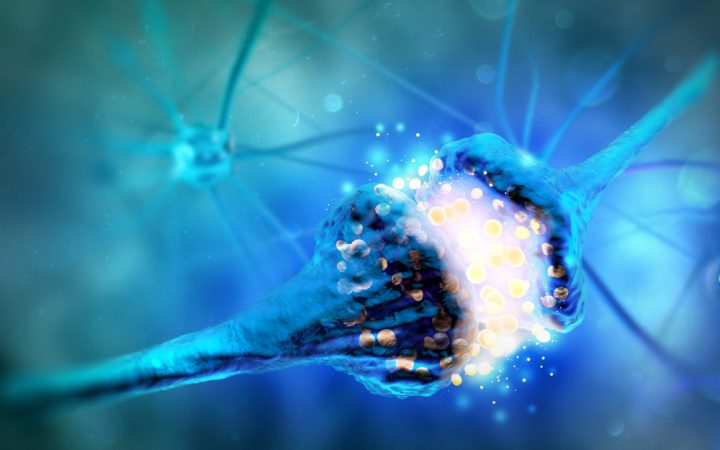Axon Loss in ALS Doesn’t Appear Linked to Death-promoting Molecule, Study in Mice Reports

Events leading to the loss of nerve cell fibers called axons appear to take place independent of Sarm1, a molecule known to promote the death of axons in damaged nerve cells, researchers working in mouse model of amyotrophic lateral sclerosis (ALS) report.
Rather, the team concluded, other pro-degenerative factors — possibly similar to Sarm1 — may be driving nerve damage.
“Loss of Sarm1 does not suppress motor neuron degeneration in the SOD1G93A mouse model of amyotrophic lateral sclerosis” was published in Human Molecular Genetics.
Although axon degeneration is considered an ALS hallmark, to this day scientists do not know the exact molecular pathways that regulate it.
Sterile Alpha and TIR Motif Containing 1 (Sarm1) — a member of the axon death signaling pathway — is a molecule known to promotes axon loss (programmed self-destruction) after nerve cell damage, and as a result is an appealing therapeutic target for neurological diseases involving such loss.
Both ALS patients and animal models of the disease exhibit destruction of cell bodies (a cell’s central part, containing the nucleus) and axons from upper and lower motor neurons — the nerve cells responsible for controlling voluntary muscles.
Researchers decided to test if removing Sarm1 could prevent motor neuron degeneration in a mouse model of ALS.
To this end, researchers genetically engineered the animals to not produce Sarm1, and then assessed their behavior — looking for early ALS symptoms, such as the onset of trembling and dragging or paralysis of one or more hind limbs.
They also performed electrophysiogical and tissue analyses to assess neuronal activity and tissue damage, respectively.
Although the loss of Sarm1 in older control mice (which did not develop ALS) protected these animals from axon damage caused by aging, in mice with ALS, researchers found no significant changes in survival or behavior, or in electrophysiogical or tissue outcomes.
These findings showed that in a disease context, blocking Sarm1-mediated axon destruction is not enough to protect against nerve damage, suggesting that the signaling events causing axon destruction may be independent of Sarm1.
“The role of Sarm1 in promoting axon degeneration may indeed be context-dependent,” the researchers concluded. “Until comprehensively tested in the variety of models of neuronal injury and neurodegeneration we will not know the full potential of Sarm1 and its associated axon destruction cascade as a therapeutic target.”






